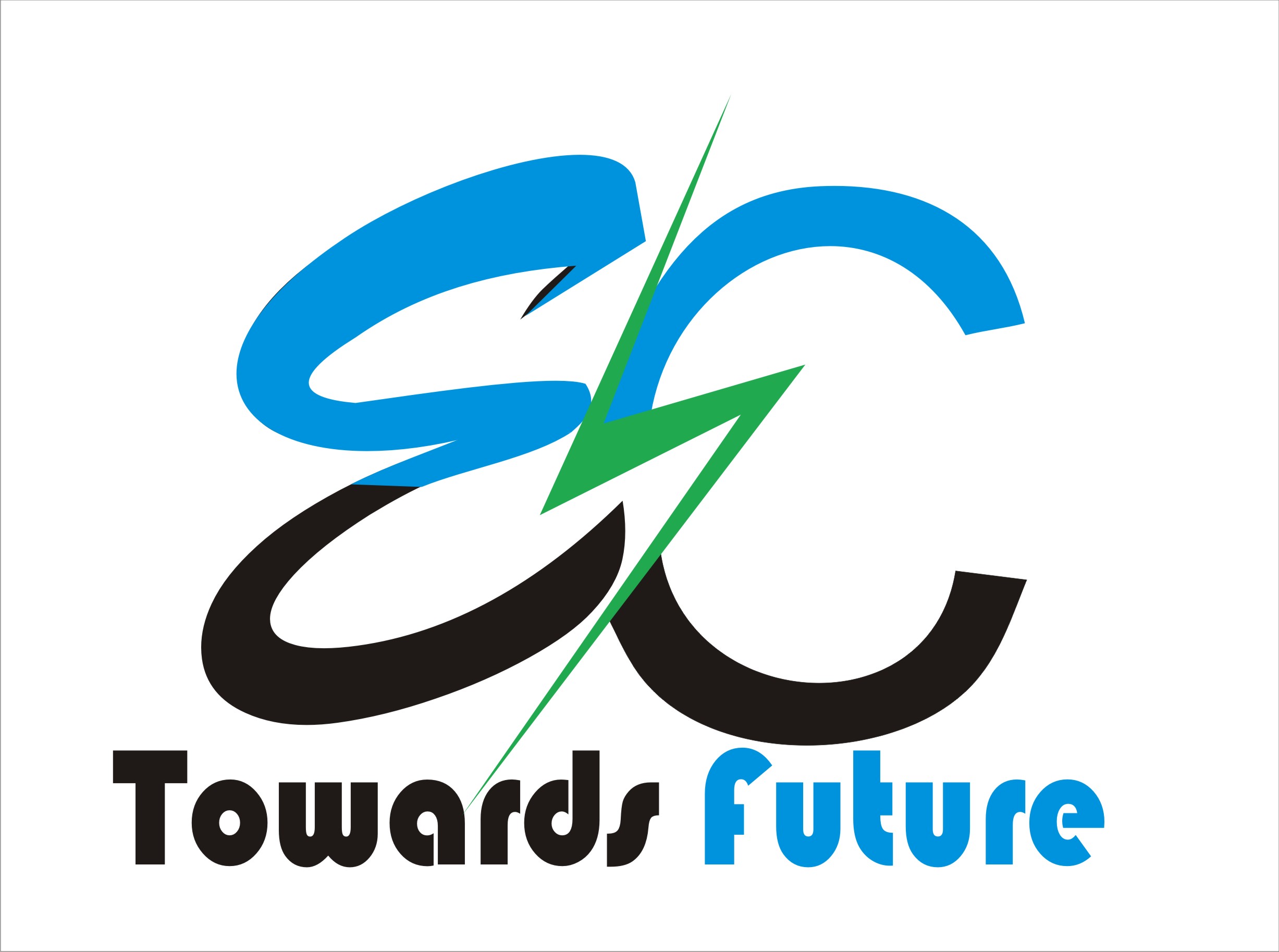SiC chips have revolutionized not only the performance of power modules but also the surrounding packaging technologies. Chips are no longer soldered but sintered, die top connections are no longer Aluminum wires but Cu wires on die top systems or Cu clips. So, what is the next level module connection? Sintering with large area silver sinter paste for best performance or soldering with high reliability solder preforms for best cost?
In this webinar, we compare soldering with Innolot preforms to sintering with PE360P, our silver sinter paste designed for printing, and highlight the benefits and drawbacks of each approach.
Clearly, the preforms win on the price, application is simple via pick and place process from a waffle pack and are pre-cut to match the substrate design. The solder melts at 218°C and requires flux or formic acid for the soldering to work properly. No pressure is required. It shows excellent reliability for thermal cycling from -40°C to +125°C, i.e. less than 3% after 2000 cycles compared to over 15% for SAC. However, for thermal shock testing from -50°C to +150°C it shows substantial (> 40%) delamination after 500 cycles.
This is where large-area sintering comes in. It shows only slight (< 3%) delamination after 500 cycles of temperature shock and only in the very corners of the substrate. It is applied by stencil printing but requires 5 minutes of 12 MPa pressure at 230°C for sintering. It is also significantly more expensive due to its 87% silver content, compared to only 3.8% for the IL preforms. However, the higher reliability and higher thermal conductivity (sintered silver is at > 200 W/mK while solder materials are < 65 W/mK), the resulting improved thermal resistance may well make it worth it for high power modules
Join this webinar at our September Virtual Conference on EV Engineering, presented by Heraeus, to learn more about a comparison of module sintering versus soldering.
September 18, 2025, 10:15 am EDT
Register now—it’s free!
See the complete session list for the Virtual Conference on EV Engineering here.

Broadcast live from September 15 to 18, 2025, the conference content will encompass the entire EV engineering supply chain and ecosystem, including motor and power electronics design and manufacturing, cell development, battery systems, testing, powertrains, thermal management, circuit protection, wire and cable, EMI/EMC and more.


